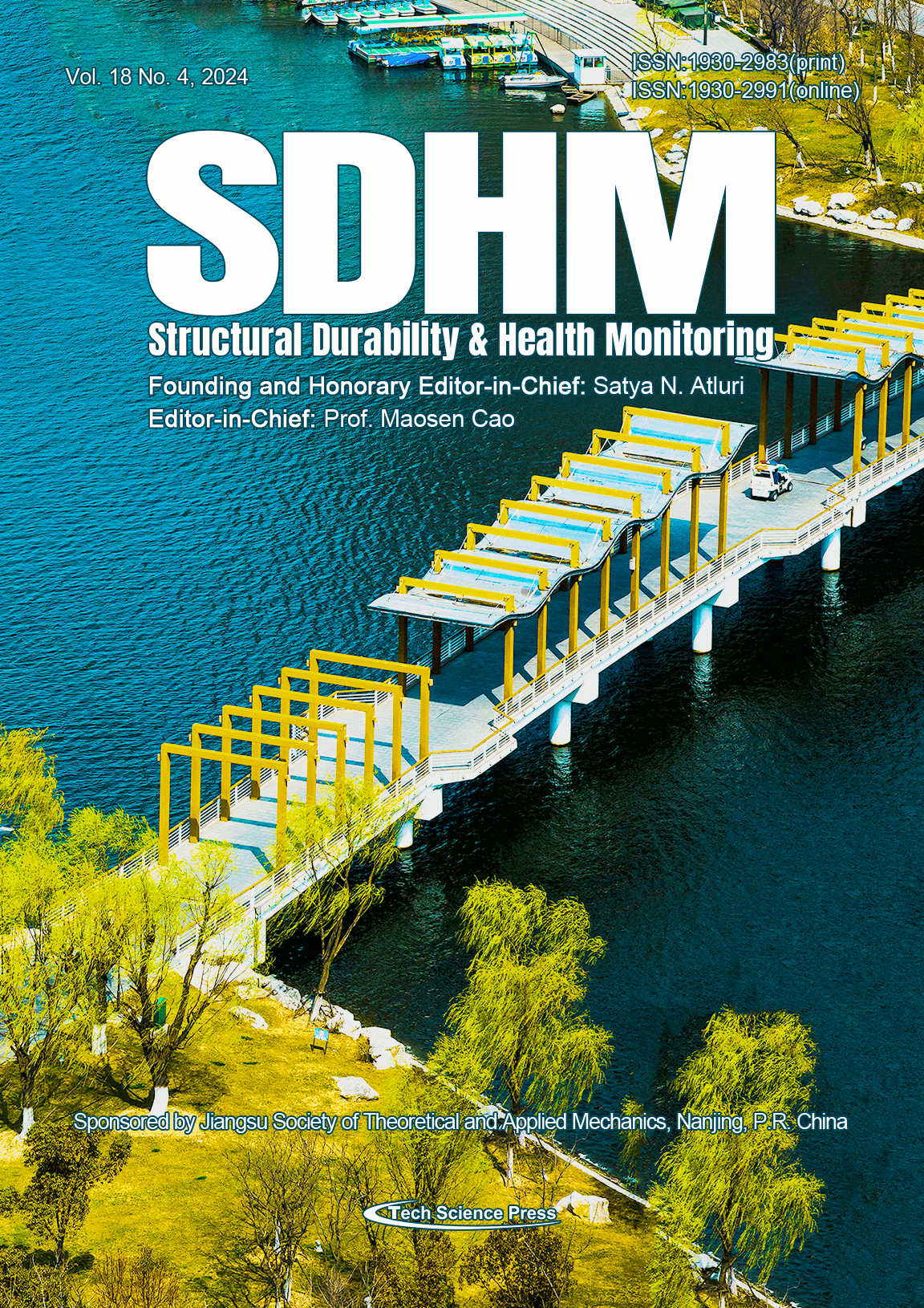
“Rapid and Accurate Identification of Concrete Surface Cracks via a Lightweight & Efficient YOLOv3 Algorithm” looks into the identification of cracks in concrete structures for service performance evaluation. This article proposes a tailored deep-learning algorithm MDN-YOLOv3 for rapidly and accurately identifying crack locations and patterns. Based on three retrofit techniques and a novel backbone network for YOLOv3, the improved algorithm achieved multi-scale feature fusion and robust feature extraction in a much smaller size and higher speed than traditional algorithm, which means MDN-YOLOv3 is more suitable for application on mobile devices.
View this paper